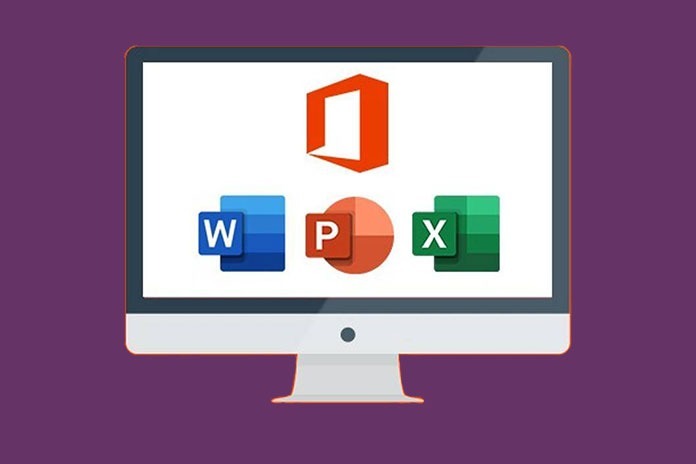Microsoft Office is a powerful suite of productivity tools that can greatly enhance the efficiency and effectiveness of your business operations. In this article, we will explore strategies to effectively leverage Microsoft Office for your organization’s success. Additionally, we will discuss the importance of optimizing your licenses and how smaller businesses can benefit from outsourcing this task to professionals.
Identify your business Needs
To effectively harness the power of Microsoft Office, it is essential to begin by identifying your organization’s unique business needs. Take a close look at your workflows, tasks, and processes that could benefit from the capabilities offered by Office applications like Word, Excel, PowerPoint, and Outlook. This evaluation will help you determine the specific features and functionalities of Microsoft Office that align with your requirements, enabling you to maximize its potential for your business’s success. By understanding your needs, you can strategically leverage the various tools and applications within Microsoft Office to streamline operations, enhance collaboration, and boost productivity.
Maximize collaboration with Office 365:
Office 365, a cloud based subscription service, provides organizations with powerful collaboration features that can transform teamwork dynamics. Take advantage of tools such as SharePoint and Microsoft Teams to enable effortless document sharing, real time co authoring, and streamlined communication among team members. These collaborative capabilities promote a seamless flow of ideas, enhance productivity, and drive innovation within your organization. By leveraging Office 365’s advanced collaboration features, you can create a collaborative work environment that fosters effective teamwork, improves efficiency, and ultimately leads to greater success.
Streamline workflows with automation
Microsoft Office provides robust automation features that can streamline repetitive tasks and workflows. Explore tools like Microsoft Power Automate, formerly known as Microsoft Flow, to automate routine processes, such as data entry, document approval, and email notifications. By automating these tasks, you can save time, reduce errors, and free up resources for more valuable activities.
Optimize your licenses for cost efficiency
Optimizing your Microsoft licenses is crucial for cost efficiency and compliance. Assess your license usage regularly to identify any underutilized or unnecessary licenses. Consider consolidating licenses, upgrading to more cost effective plans, or adjusting your license allocations to align with your actual needs. Optimize Microsoft licenses can help minimize costs and ensure that you are utilizing the right licenses for your business.
Consider Professional License Management
For smaller businesses with limited resources, managing licenses effectively can be a complex task. It may be beneficial to outsource license management to professionals who specialize in software licensing. These experts can ensure compliance, recommend the most cost effective options, and handle license renewals and audits on your behalf. By entrusting license management to professionals, you can focus on your core business activities while ensuring optimal license utilization.
Use it wisely
Microsoft Office is a powerful toolset that can significantly enhance productivity and streamline workflows within your organization. By identifying your business needs, maximizing collaboration through Office 365, automating workflows, optimizing licenses, and considering professional license management for small businesses, you can effectively leverage Microsoft Office to drive success and achieve your business goals. Stay updated with the latest features and functionalities of Microsoft Office to unlock its full potential and stay ahead in the digital age.
Also Read: Office 365 For Business: Pros And Cons


